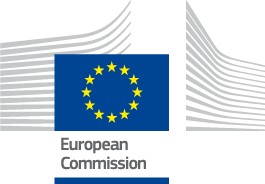

Good Practice Project
In 2016, a new Finnish Fisheries Act came into force requiring inland fishers to collect and report their catches. Initially, registering catches was done in paper format or through complex electronic systems that were time consuming for fishers to fill in. Then, at the initiative of the East Finland FLAG, the South-Eastern Finland University of Applied Sciences developed and tested a system allowing fishers to report these figures using a simple app on their smartphones. For this, the FLAG brought together app developers, fisheries management authorities and research centres, as well as securing funding under Article 44.3 of the EMFF. It was also an active member of the project steering committee.
In addition to simplifying the work of fishers and the control authorities, the project aims to improve the ecological sustainability of inland fisheries by facilitating access to reliable and transparent catch-data in real-time. Fishers using the app upload their catch data at the end of each day, rather than just once a year as required by law. The information is fed directly into the database of the Finnish Natural Resources Institute, allowing catches and fish stocks to be monitored on a regular basis.
The system is also expected to improve commercial opportunities for fishers and benefic consumers, since products can be traced back along the entire value chain to origin. If developed further, the system will enable the consumers to make informed choices and even access information on the environmental impact of different fisheries products.
The app was developed successfully, improving catch data collection, monitoring and management of fish stocks in inland waters. The project has also created synergies between the fishing sector and research, as well as improving communication between the parties involved.
The project is a successful example of how new technologies can improve data collection on small-scale fisheries. Similar applications can be used in other inland areas as well as for coastal fisheries to facilitate the collection of data necessary to effectively inform fisheries management and policy.
Lessons: To ensure their suitability, the design of new technologies must involve the target audience from the very start. Also, aspects such as simplicity and availability of training are crucial for maximising their effectiveness. The continuous evolution of technical features, that could imply regular changes to implement during the same project cycle, also requires flexibility from app designers, funders and other involved stakeholders.
Contribution to CLLD objective: c) enhancing and capitalising on the environmental assets of the fisheries and aquaculture areas.
| Total project cost | €139 971 |
|---|---|
| FLAG grant |
€139 971
|
| Beneficiary contribution |
€15 552 |
| Timeframe of implementation | From Jan 2017 to Mar 2019 |
|---|---|
| Sea Basins |
|
| Type of area |
|
| Theme |